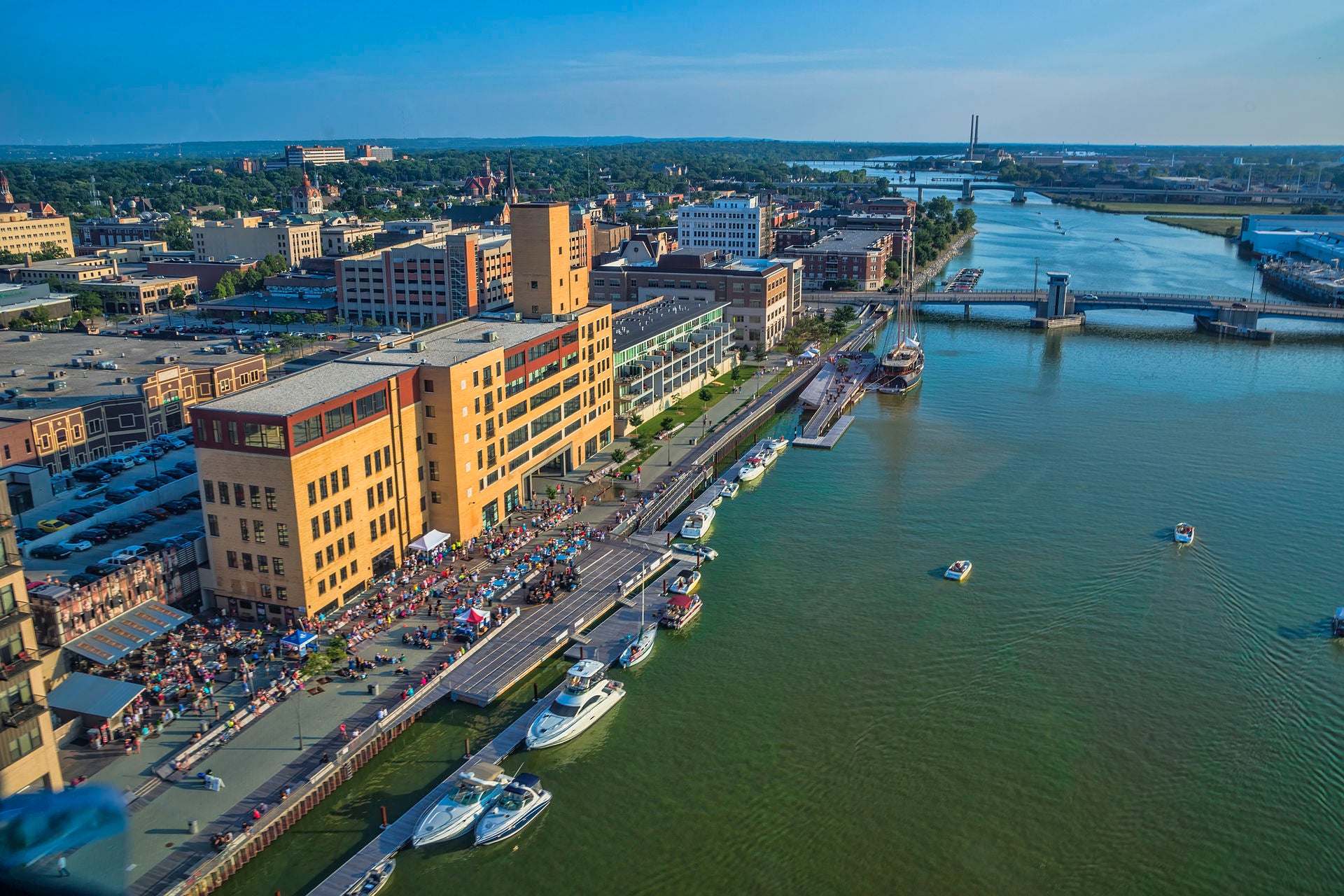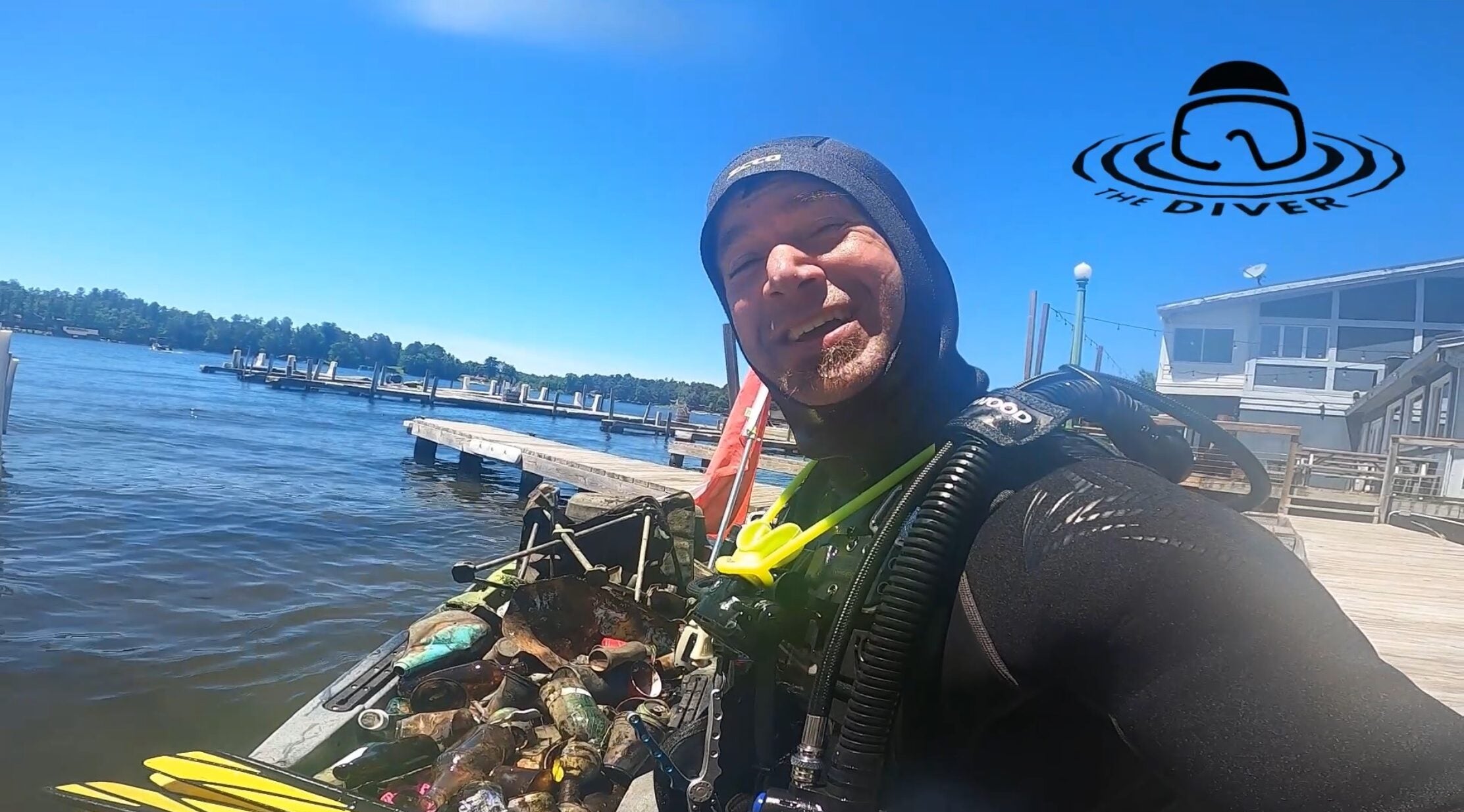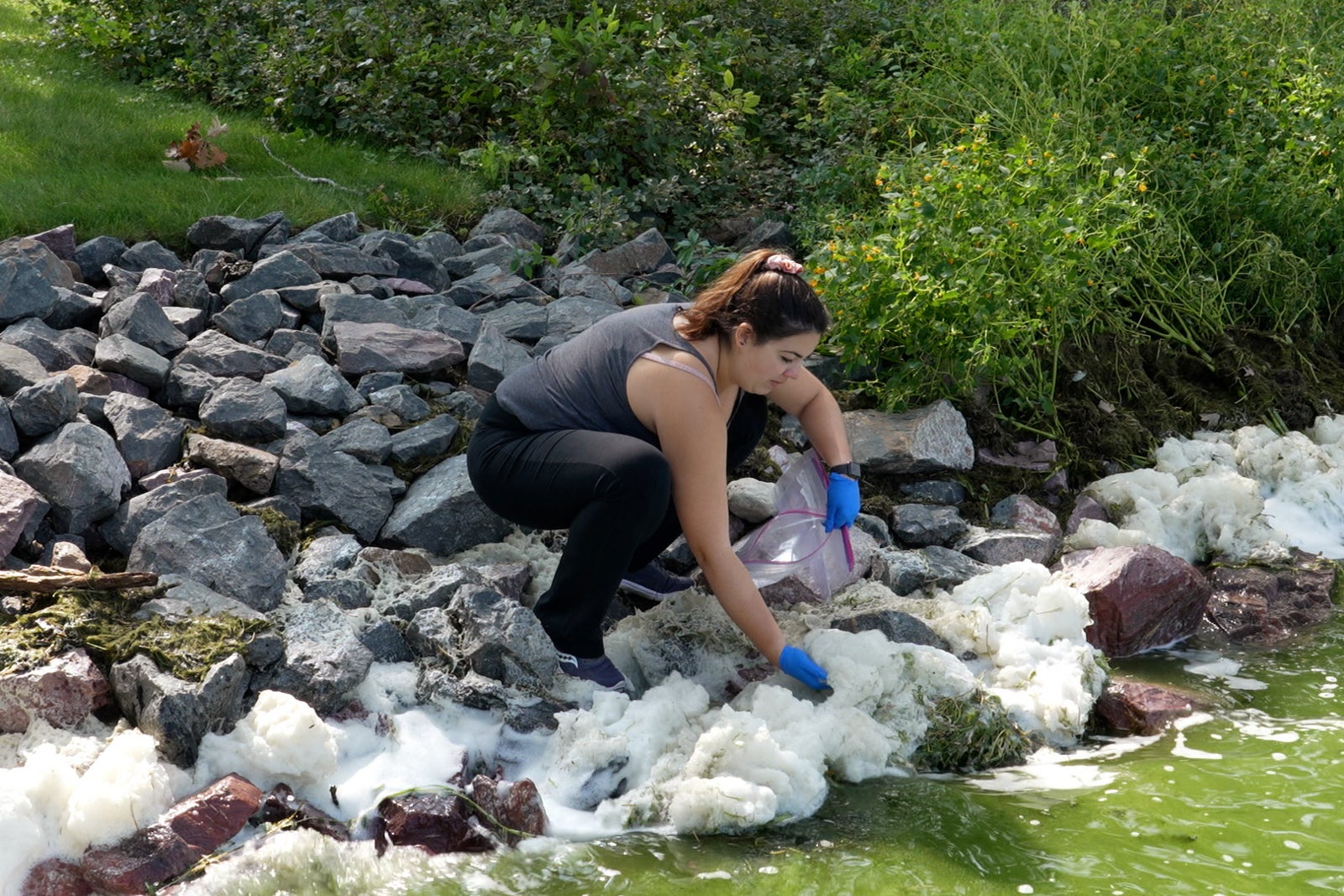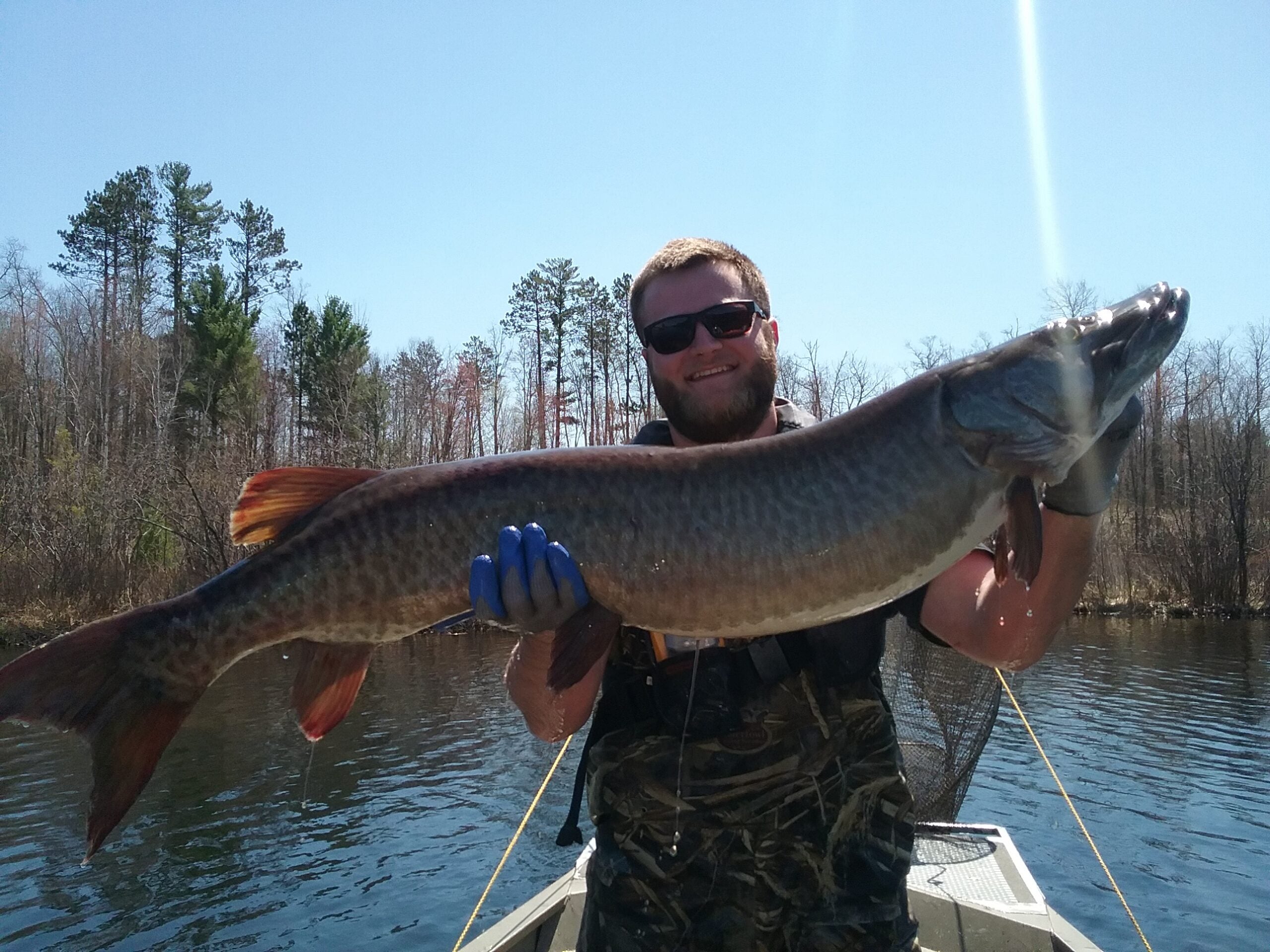When Susan Campbell was hired as a reporter for the Green Bay Press-Gazette in 1993, she had to relocate from Philadelphia. So she pulled out a map to better visualize Green Bay.
“I saw all this beautiful water,” she recalled. “I saw the Fox River running into the bay of Green Bay and into Lake Michigan, and the Great Lakes. I thought, ‘Wow, what a beautiful place.’”
The idea of living in an apartment near the water fascinated her, and she began calling local property managers to make inquiries. Campbell said one apartment manager told her there were no apartments on the water because the waterways were so polluted.
News with a little more humanity
WPR’s “Wisconsin Today” newsletter keeps you connected to the state you love without feeling overwhelmed. No paywall. No agenda. No corporate filter.
At the time, Campbell remembers thinking, “Well, how bad can it be?”
Little did she know, the focus of her career in journalism would turn toward the cleanup of pollution in the Fox River and the bay of Green Bay. She’s now the co-author of a book on the cleanup effort.
When she arrived in Green Bay, Campbell remembers looking at the water and thinking it did not look contaminated. But that’s around the time she started hearing about PCBs, invisible toxic chemicals that had been pumped into the Fox River from the 1950s through the ’70s. PCBs posed both health risks to humans and animals. At that time, the negative effects the chemicals had on local wildlife was just starting to be seen.
“PCBs were a known cancer-causing chemical, but (scientists) were finding different types of abnormalities in wildlife, twisted bills in birds, clubbed feed, backwards wings,” Campbell said. “Chicks would hatch from the egg, and yet they would mysteriously waste away and die.”
PCBs were also troubling for local anglers who had to navigate regular fish consumption advisories due to the chemicals.
Thanks to a 17-year, $1.3 billion cleanup effort, the levels of PCBs in fish from the Fox River today are lower than they were 30 years ago. PCBs in the walleye population alone have declined by 65 percent from 2006 levels, and the upstream portion of the river is approaching “unlimited fish consumption” levels, according to the Wisconsin DNR. PCB concentration in the water and river sediment has also decreased by an average of 90 percent from 2006 levels.
The Fox River has become a major recreation and economic development tool for Green Bay, said Mayor Eric Genrich. The city is also creating a riverfront promenade with floating docks, a fishing pier and kayak launch. Along the Fox River, there are also new apartments, condominiums and boardwalks that didn’t exist when Campbell moved to the area in the 1990s.
“We, as a community, are finding great value in the Fox (River),” Genrich said. “That’s been a welcome change for everybody.”
David Allen, a retired biologist for the Fish and Wildlife Service, said progress is thanks to a collaboration between the DNR, the U.S. Environmental Protection Agency and the U.S. Fish and Wildlife Service — and paid for by the companies responsible for the pollution. Work on the project wrapped up in 2020, but environmental testing will continue for years.
“Green Bay has an even brighter future than it otherwise would have,” said Allen.
A panel discussion on June 14 at the Brown County Central Library explored the history of the project — and its impact on Green Bay. Panelists said nearly 30 years ago that future seemed anything but guaranteed.
Cleaning up the river and the bay required federal regulators and local journalists to combat pushback from Wisconsin politicians and paper companies.
The panel explored those challenges and looked toward the future. It was moderated by Allen and Campbell, authors of “Paper Valley: The Fight for the Fox River Cleanup,” and featured individuals involved in the restoration effort.
Project’s origins go back decades
In the 1950s, paper companies along the Fox River began discharging PCBs into the sediment of the river, Allen said. The next decade, the Fish and Wildlife Service discovered PCBs in herring gull eggs found in Sister Bay on the bay of Green Bay.
The EPA and the Wisconsin DNR discovered PCBs in the pipes of paper companies in the 1970s, Allen said. By the ’80s, state and federal regulators stopped the discharge of PCBs from those pipes, but the damage was already done.
“There were already PCBs in the Fox River sediments, and now, the science really begins to accelerate,” Allen said. “Those agencies, along with academics, established that Fox River sediments were the source of most of the PCBs in Green Bay.”
Much of the 1990s was spent working to get the state government onboard with working with federal regulators to clean up the river, he said. The EPA proposed a federal Superfund site on the Fox River and the bay in 1998, against the wishes of then-Gov. Tommy Thompson and local paper companies.
Although the site never officially received the Superfund designation, the state and the federal government eventually got on the same page. The DNR began oversight of the Fox River cleanup in 2004. The project took about 17 years, and removed 6.5 million cubic yards of contaminated sediment, installed caps over 275 acres of riverbed to contain PCBs and 10 billion gallons of river water were restored, according to the DNR.
Cleanup effort faced hurdles
The fight to get to that point was often contentious, said Bill Hartwig, former regional director for the U.S. Fish & Wildlife Service’s Great Lakes Region from 1995 to 2003. Throughout the mid- to late-1990s, he said his agency and the EPA faced pushback from then-Gov. Thompson and the local paper companies. He still remembers his first meeting with Thompson to discuss the Fox River.
“The paper companies were all gathered in the next room to the governor’s office,” Hartwig said. “Once I talked to the governor for about a half an hour, he said, ‘Well, why don’t you just come on next door, and talk to these folks.’”
Beyond hesitancy from the state, federal regulators also had to contend with concerns from the local community.
“So many people in Green Bay work for the paper companies,” Hartwig said. “Their fear was that cleaning the river up would cost them their job, because they had been told by the companies that if they were forced to do this, in fact, that would be the case.”
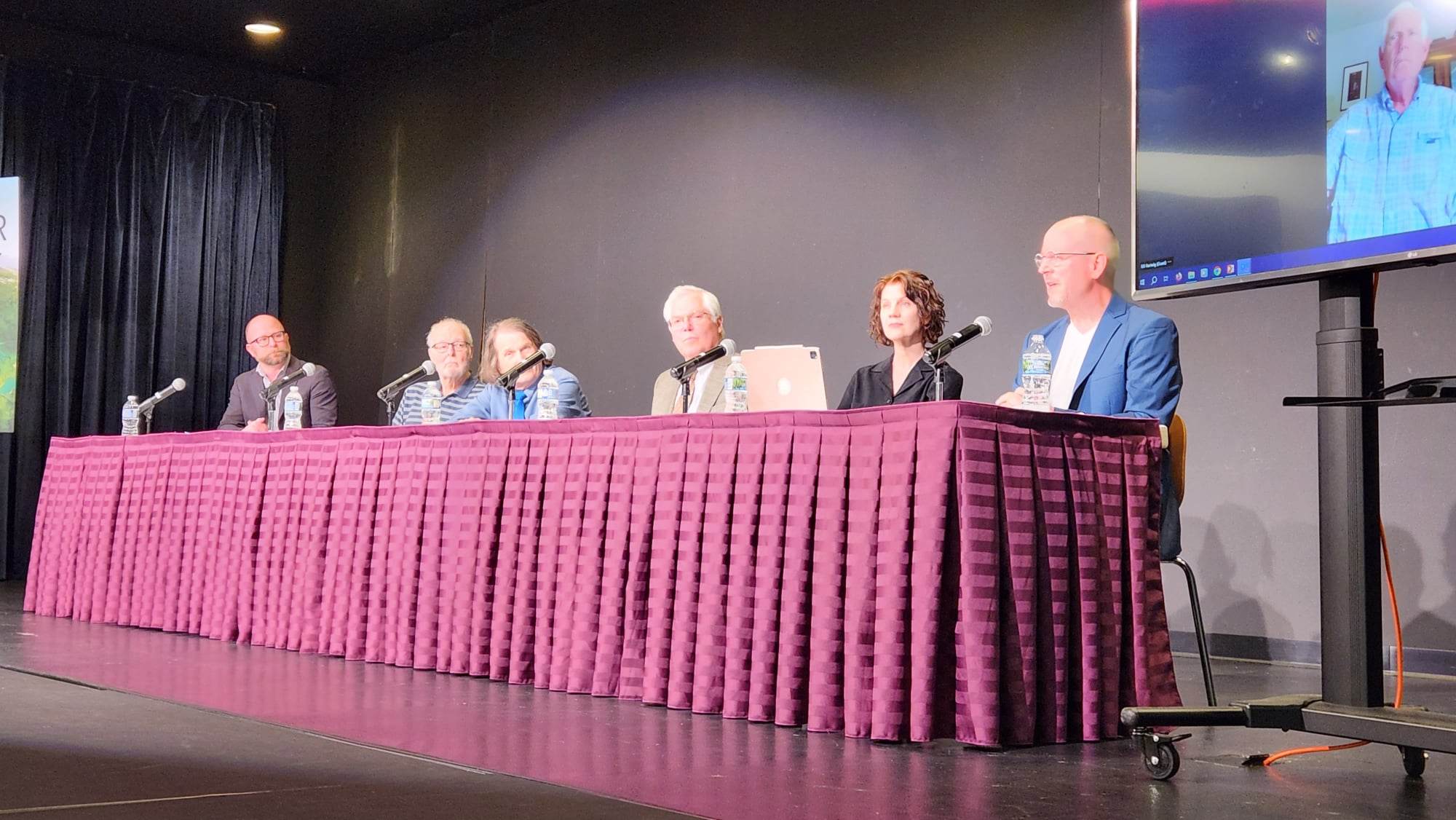
University of Wisconsin-Green Bay political science and environmental policy professor emeritus Michael Kraft said discussions with paper companies broke down when cost estimates for the project began to come in.
“When it started reaching the billion dollar range, the paper companies were talking to lawyers and insurance companies a lot more than they were talking to academics and community members,” he said.
Former Green Bay Press-Gazette Opinion Page editor Robert Woessner said the local paper played an important role in turning public opinion in favor of cleaning up the river and bay with hundreds of articles by Campbell, editorials by himself and letters to the editor from readers.
“Letters to the editor offered a place for public comment. There, an individual’s voice could be as powerful as that of a corporation,” he said. “That mattered in the Fox River Cleanup.”
Looking ahead and lessons for the future
While long-term testing continues to check for PCBs in fish tissue, sediment and water, Genrich said in the next decade, he would love to see a swimmable beach return to Green Bay — something the community hasn’t had since 1945.
“It’d be a tremendous thing, if we could actually have people swimming at Bay Beach Amusement Park and enjoy the bay in that way,” he said. “There are some significant challenges with Great Lakes water levels fluctuating much more rapidly than they have historically in recent years.”
Earlier this year, Green Bay had another environmental challenge when scientists detected a large plume of toxic chemicals known as PFAS, or per- and polyfluoroalkyl substances, in the bay. Allen said the Fox River cleanup could provide a similar blueprint for how to address the issue.
“We would like to see the industries that are responsible for PFAS carry their fair share of the burden instead of transferring that to the public sector, and that doesn’t mean that it all can be done by the private sector,” he said. “Of course, the PFAS issues are much more difficult, much more widespread (and have) many more players.”
But panelists also acknowledged that similar efforts today would likely face obstacles they didn’t have to contend with when the Fox River cleanup was getting started. Due to increased political polarization and distrust in the media, Kraft said he was skeptical a similar cleanup effort could build the same level of public support as the Fox River project eventually did.
“Especially given the enormous amount of distrust that is built up towards the government, towards the press and the lack of reliable sources today — where people can find the information they need and believe that information because they trust the sources — we’re lucky we got the cleanup done when it was possible,” he said. “Because I think it’d be much more challenging today.”
Wisconsin Public Radio, © Copyright 2026, Board of Regents of the University of Wisconsin System and Wisconsin Educational Communications Board.

